Stupid pepper plants
hydrojunkie
14 years ago
Related Stories
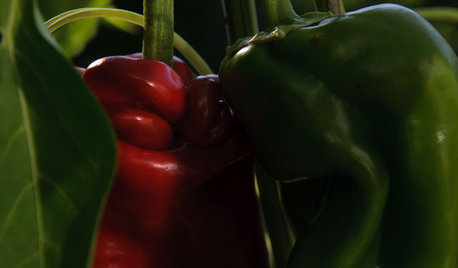
GARDENING GUIDESSummer Crops: How to Grow Peppers
Some like 'em hot; others like them sweet. With the incredible range of peppers available for home gardens, you can have your pick
Full Story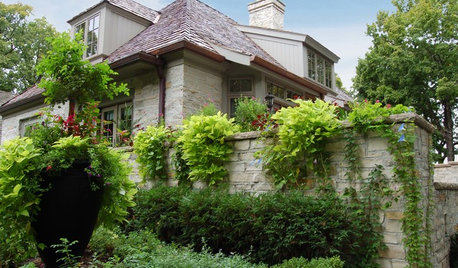
FOLIAGEGreat Design Plant: Ornamental Sweet Potato Vine
Versatile, fast growing, inexpensive and easy on the eyes, ornamental sweet potato vine has it all
Full Story
GARDENING GUIDESGreat Design Plant: Cephalanthus Occidentalis
Buttonbush is an adaptable woody shrub with delightful pincushion flowers
Full Story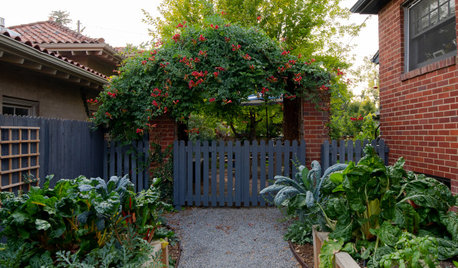
GARDENING GUIDES12 Edibles Perfect to Plant in Late Summer
Keep those homegrown vegetables and greens coming well into fall
Full Story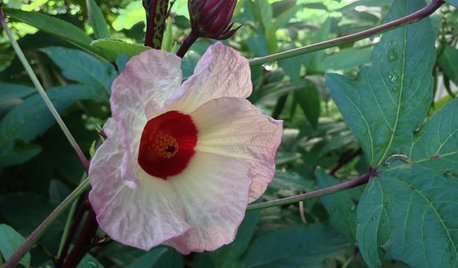
EDIBLE GARDENSGreat Design Plant: Roselle Tantalizes With Beauty and Flavor
Call it a fruit or a flower or a sweet vegetable. This hibiscus is so lovely, all that matters is calling it forth in your garden
Full Story
GARDENING GUIDESGreat Garden Combo: 3 Wonderful Plants for a Deer-Resistant Screen
Protect your privacy and keep deer at bay with a planting trio that turns a problem garden area into a highlight
Full Story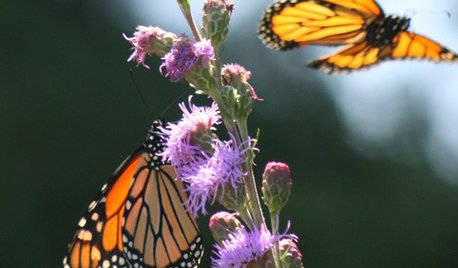
GARDENING GUIDESGreat Design Plant: Meadow Blazing Star (Liatris Ligulistylis)
Make fast friends with the monarch butterflies and get a color show too with this adaptable U.S. Midwest native
Full Story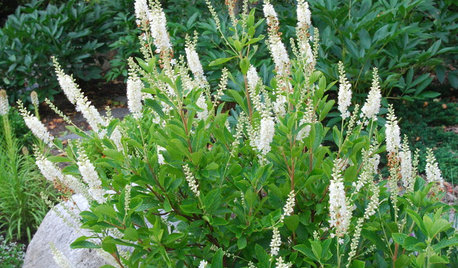
GARDENING GUIDESGreat Design Plant: Coastal Sweet Pepperbush Perfumes Gardens All Year
Bottlebrush blooms, gorgeous fall color and delightful fragrance give this U.S. native shrub 4-season appeal
Full Story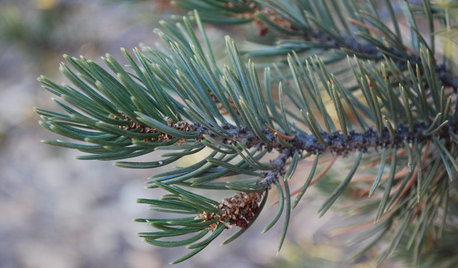
TREESGreat Design Plant: Pinyon Pine
You might just go nuts for this tough evergreen native to the Western U.S.
Full Story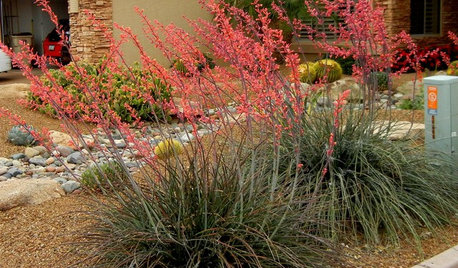
GARDENING FOR BUTTERFLIESGreat Design Plant: Red Yucca Spikes Dry Spots With Color
Neither heat nor cold nor lack of water fazes this flowering succulent, which adds spiky texture to Southwestern landscapes
Full Story





jean-luc
hydrojunkieOriginal Author
Related Professionals
Essex Landscape Architects & Landscape Designers · Rancho Palos Verdes Landscape Architects & Landscape Designers · Saint Matthews Landscape Architects & Landscape Designers · Edmond Landscape Contractors · Berkley Landscape Contractors · Bridgeport Landscape Contractors · Brookline Landscape Contractors · Cambridge Landscape Contractors · Hoffman Estates Landscape Contractors · Los Banos Landscape Contractors · Middleton Landscape Contractors · Porterville Landscape Contractors · Vashon Landscape Contractors · Wells Landscape Contractors · East Norriton Landscape Contractorsjean-luc
kylle221
hydrojunkieOriginal Author
joe.jr317
jean-luc
joe.jr317
kylle221
gringojay
joe.jr317
kylle221
joe.jr317